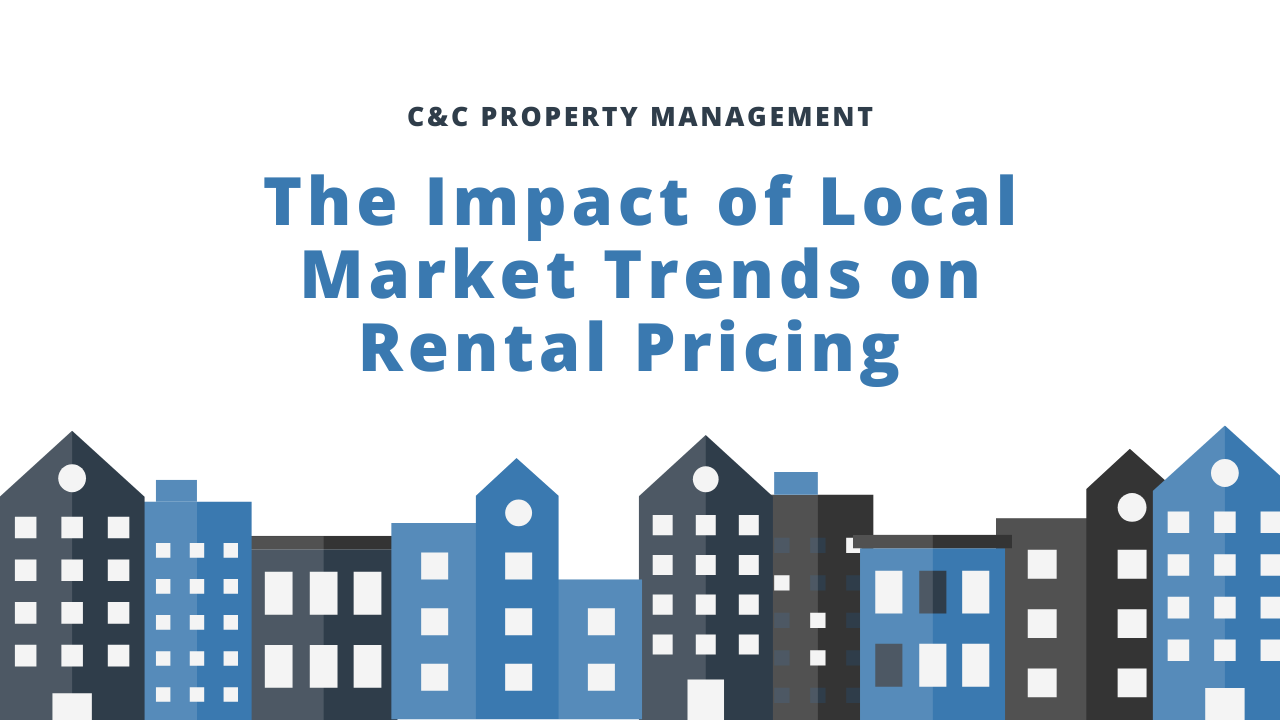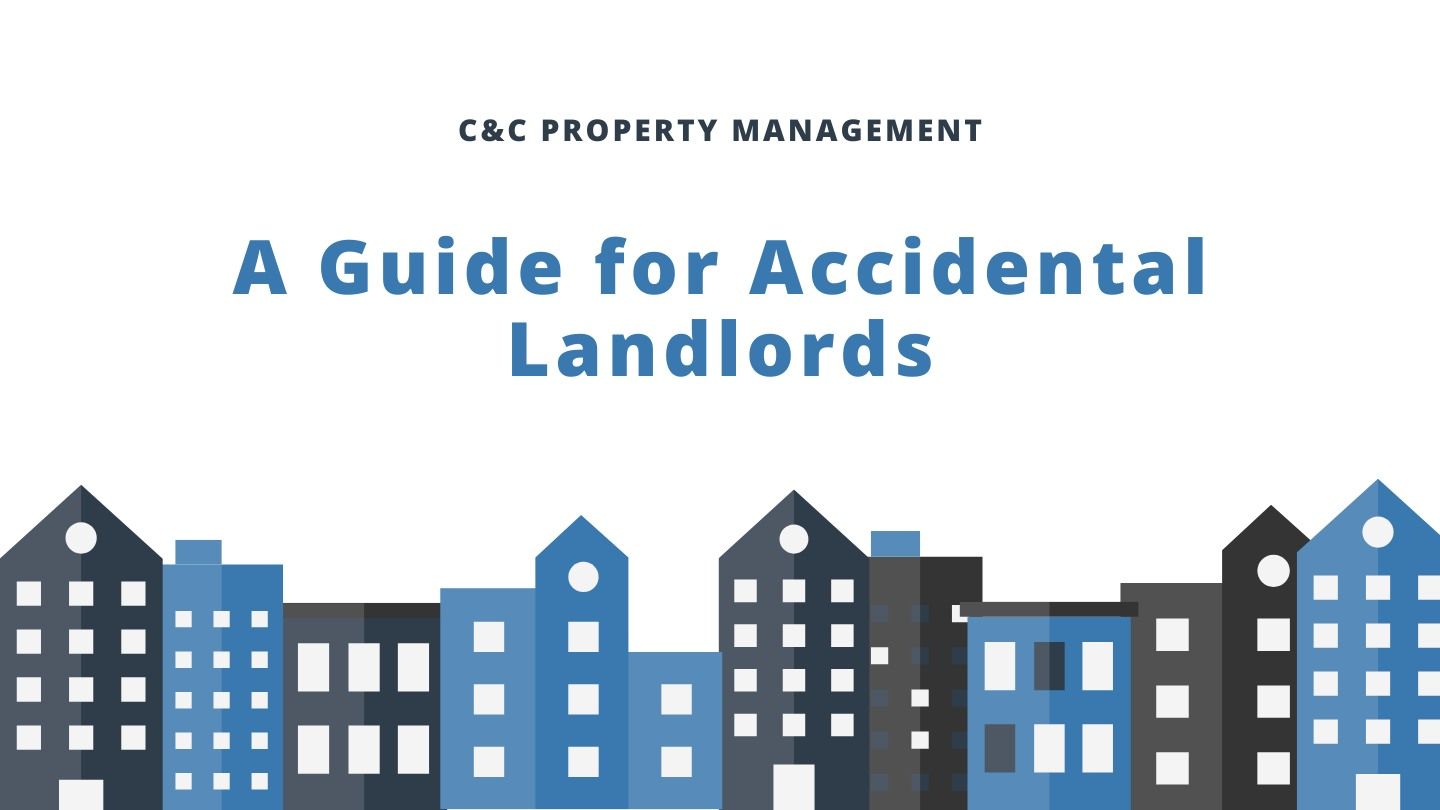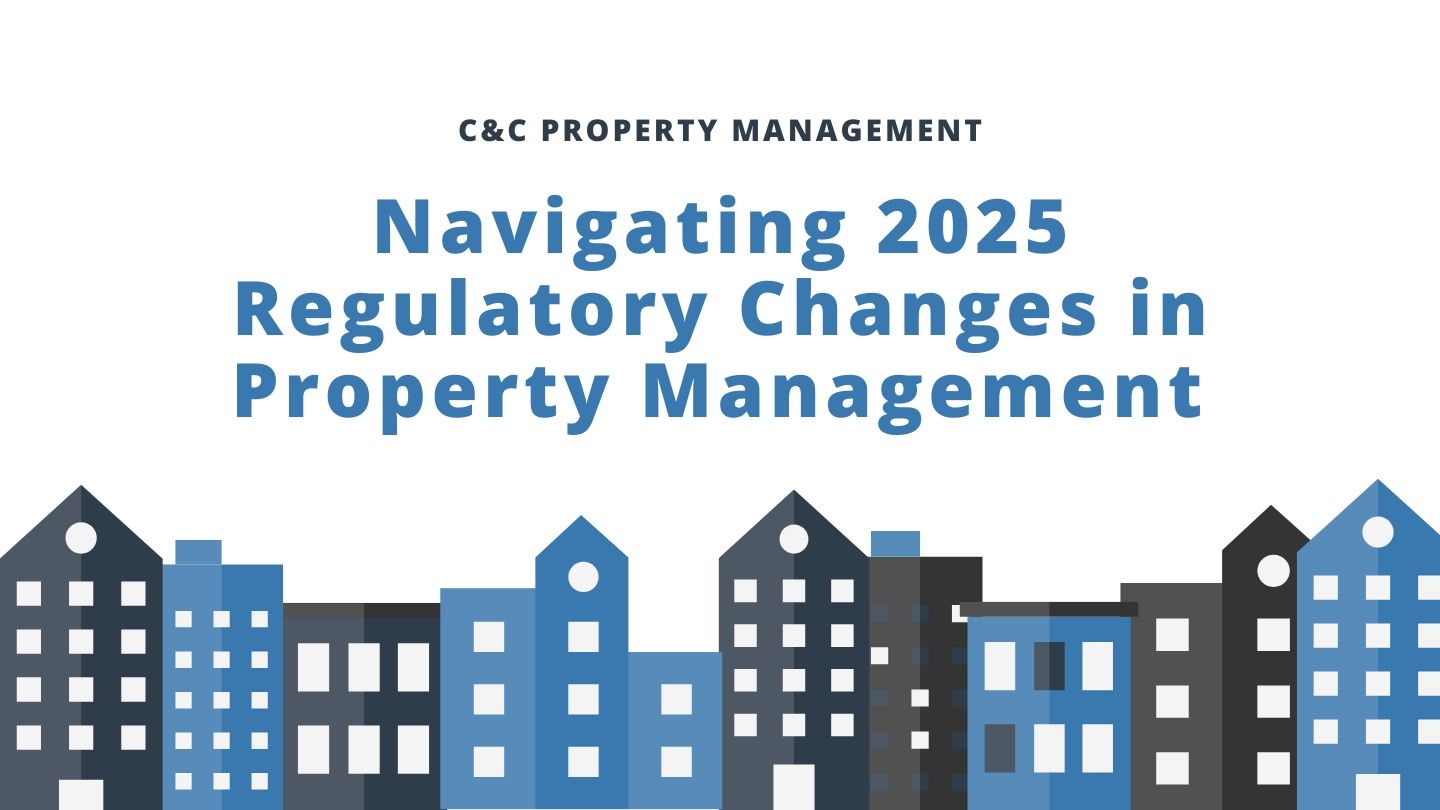Tips to Prevent Tenant Damages to Your Rental Property
As more residents occupy your rental, normal wear and tear on your property is inevitable. That's why it's important for landlords to implement a strong strategy to minimize tenant damages and maintain the value of their real estate investment.
At C&C Property Management, we understand that distinguishing between normal wear and tear and tenant-caused damage is essential. This ensures accurate deductions from a tenant’s security deposit when necessary and helps protect your landlord-tenant relationship from potential conflicts.
Normal wear and tear refers to the natural decline in property value due to age and regular use, while tenant-caused damage may result from neglect, abuse, or the actions of the tenant’s guests or pets. Such damage is often excessive and may require repair or replacement.
Common Causes of Tenant Damage
Below are some of the main causes of tenant damage in rental spaces:
Negligence
At times tenants may fail to be cautious and can damage furnishings, furniture, or appliances in your rental. They may also forget to report issues that need repair, such as minor leaks that can turn into a headache.
Insufficient Maintenance Expertise
Some tenant-caused damage can be preventable but some renters may also use appliances improperly that end up damaging the unit. Overusing certain furnishings and appliances or continued improper usage can lead to a malfunction.

Mediocre Housekeeping Routines
Some renters are not used to properly cleaning a home, which can result in damage. Dirt and neglect can contribute to a decline in property value as the years progress. It can also be costly to deal with cleaning and repairs.
Accidents or Intention
Although accidents can occur, this can damage your rental space as well. You can end up with broken windows, scratched floors, and stained carpets. You may also encounter renters who create intentional damage to the unit.
Unapproved Property Changes or Pets
There may be renters who will upgrade your unit without seeking your authority. They might make DIY changes, which can ruin the structure or appearance of your rental property. Tenants may also own pets that create damage by chewing on furniture and scratching the flooring.
Preventing Damages Caused by Renters
Landlords can have an arsenal of ways to prevent the risk of property damage, such as:
Performing Detailed Tenant Screening
It is necessary to review a candidate’s tenant history and review the background, such as eviction history, employment or income source, and criminal records. Asking for references is also helpful in learning if a renter takes care of a property and pays the rent on time.
You should also verify the income if they make enough to meet the monthly rent obligation.
Conducting Regular Property Inspections
Even before a tenant moves in, you should already do a full property inspection to record the state of your unit. Running a consistent inspection every six months or so helps you gauge the maintenance level of your rental space.

Make sure you evaluate your unit for any damages, so you can schedule for repairs before a new resident moves in.
Creating Specific Lease Contracts
Ensure your lease is complete and provides details on the definition of tenant-caused damage in contrast to wear and tear. You want to limit disputes in the future which can be time-consuming, especially if it leads to a lawsuit.
Outline the duties of the renter in keeping with property maintenance and list the penalties and consequences associated with damaging the property. This can include an eventual eviction.
Being upfront with your terms and conditions in the contract sets expectations and encourages renters to comply with property policies.
Requesting Security Deposits
It is acceptable to ask for a security deposit to inspire renters to treat your rental property well and cover for prospective future damage. This is under legal laws and common practices of property owners.
You must also inform renters when deductions are to be made against their deposit, how the refund process will unfold, and when the money will be returned. This limits confusion and potential conflicts.
Prioritizing Top-Tier Repairs and Renovations
By using high-quality materials for repairs, replacements, and upgrades, you can minimize the impact of wear and tear on your property. Hiring skilled repair professionals ensures that your rental space stays in excellent condition, while also helping you save on long-term costs.
Storing Detailed Records
It is crucial to keep documentation of all communications, property inspections, and repairs since you can use these as evidence of what transpired if legal situations materialize.

Signing Up for Insurance Policies
It is vital for landlords to get comprehensive landlord insurance to ensure damages outside normal wear and tear are covered. You can also ask renters to sign up for renters’ insurance so they are protected from potential property damage and personal liabilities.
Costs from out-of-pocket can be reduced when natural disasters strike which can lead to major damage. Burglary can also happen so the tenants must have coverage for their personal belongings.
Informing Renters of Emergency Procedures
Make sure your renters can access a list of critical contacts during emergencies so they can report situations, such as electrical problems and water issues.
You can conduct a fire drill or arrange basic training covering small emergencies to limit escalation to major property damage. It is always best to conduct an orientation to be ready for emergencies.
Bottom Line
By following the tips above, you can prevent tenant damages. Make sure to provide a comfortable and safe space for your residents. You can also partner with a property management company for professional expertise in maintaining a damage-free rental unit.
To learn more about our various expert services, contact
C&C Property Management today!








